Growing marijuana in sub-tropical and temperate climates can be a grower’s dream. Here the days are typically long and hot, with just enough rainfall to help growers out, especially those that aren’t close to a water source.
However, sub-tropical and temperate climates can also present their own unique challenges for growers, when compared to growing indoor marijuana seeds.
One of the biggest issues with growing marijuana in sub-tropical climates is that some areas can be very wet and humid, while other areas can be significantly drier.
Florida for instance, is considered to be a sub-tropical climate that experiences high amounts of humidity, typically about 71 percent. But China, another area that’s considered to be sub-tropical, the humidity is very low with only about 16 percent on average.
But the sub-tropics also have characteristics that can make for ideal marijuana growing conditions. The long sunny days will give cannabis plants the light they crave, but with still about 8 hours of darkness each night, there’s time for them to rest and cool down, especially during the vegetative stage of growth when plants typically need more dark than light. These conditions can make the sub-tropics some of the best areas in the world to grow marijuana.
Characteristics of sub-tropical regions
The sub-tropics typically include two main types of climates: wet and dry. While these two climates can be very different from each other, when referring to the sub-tropics, there is one thing they have in common: hot temperatures.
Of course, those temperatures are hotter during the daytime hours, when the sun is at its highest and brightest. These days typically make for temperatures ranging from 70 and 80 degrees. And this just happens to be the perfect temperature for growing marijuana.
At night and during the winter season, those temperatures fall anywhere between 55 and 70 degrees Fahrenheit. While this is a bit cooler than what will be felt throughout the day, it’s still not too cold to grow marijuana outdoors and growers will never have to worry about elements such as frost destroying their crops.
Temperatures are where the similarities between wet and dry sub-tropical climates end. Again, sub-tropical climates can range from wet to dry and the two are as different from each other as day and night.
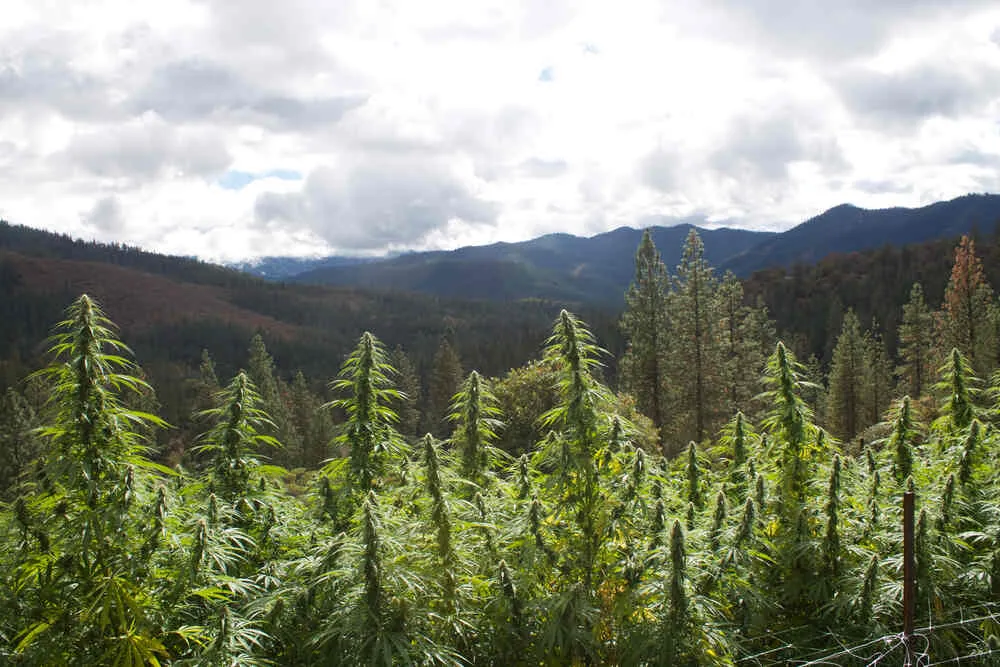
Wet regions can receive anywhere from 100 to 300 inches of rain every year.
Marijuana plants do love moisture and being watered on a regular basis, but this amount of rainfall can pose real problems for plants that are grown outdoors. The biggest problem is that mould and bud rot can begin to form in the plants and if not controlled or prevented, this can destroy an entire crop.
There are three ways to deal with this problem. The first is to provide some type of covering for the plants, and preferably it will be one that can be removed when the sun is out, such as a retractable awning or portable tarp. This will protect the plants from much of the moisture, although they will still be susceptible to the large amount of groundwater found in these areas.
Because of this, growers must find other ways to help control the amount of moisture a plant receives. The best way to do this is to start with sativa strains. These will be the best tropical weed strains for a couple of reasons.
The first is that sativas actually originated from the tropics, so they have the genetics built right into them that will help them deal with the excess amount of moisture. Sativas are also known to be taller and spindlier than indica plants, meaning they’ll have a lot of room in between their branches. This will allow air to flow more easily through them, helping to evaporate excess moisture and get it off the leaves and buds so there’s a smaller chance that rot and mould will form.

Growers can also do their part to help get moisture off the leaves and buds. After a rainfall, particularly after a heavy downpour, growers should lightly shake the branches, which will get rid of even more moisture.
This isn’t to say that the drier regions of the sub-tropics don’t also present their own challenges. Dry sub-tropical areas can see as little as 4 inches of rain per year, particularly during the summer months that tend to be much hotter and much drier.
With little humidity in these areas, there’s also often a lot of evaporation, meaning that the ground will also hold very little water. And this is undoubtedly the biggest challenge growers in sub-tropical climates will face.
• Cheese. This strain is known for being able to deal with stressful conditions very well. This can include both the high amounts of moisture and humidity in the sub-tropics, as well as the cooler nights that may sometimes fall.
• Early Skunk. This is another hearty strain that can deal with just about anything growers, or the environment, throws at it. For this reason, this strain is also highly recommended for beginner growers.
• Misty. An early-flowering strain, this plant is ideal for those seasons where the night falls later and sunrise comes a bit earlier.
• Granddaddy Purp. Any strain of marijuana is known to have the tendency to turn purple in tropical and sub-tropical climates. Because of this, when you start with a strain that’s already known to take on a purplish hue, such as Granddaddy Purp, the buds can become even more vibrant and impressive.
However, the sub-tropics do still have dry areas, and the tropical weed strains best for wet conditions may not be suitable here. The best tropical weed strains for dry sub-tropical climates are:
• OG Kush. Typically known as an indica strain, this is one that also develops sativa characteristics, making it a great strain for dry areas.
• White Widow. The more light you give a White Widow plant, the better it will fare. Because of this, White Widow is a plant well-suited to the dry conditions the sub-tropics can sometimes bring.
• Blueberry. Just like Granddaddy Purps love sub-tropics and will shine through with their vibrant color, so will the Blueberry strain. Expect these plants to turn a bright blue or purple as they begin to flower, and for that color to only deepen as growth continues.
• Hash Plant. This plant is extremely hardy and extremely stable, making it ideal for putting up with any harsh conditions, such as those that drier climates can sometimes bring.
• Amsterdam Haze. Not only is this a sativa strain, which automatically makes it a great choice for the sub-tropics, it also has a unique ability to withstand colder climates, which the sub-tropics can experience during nightfall.
Of all the climates that marijuana can be grown in, the sub-tropics may be both one of the easiest, and one of the most difficult. The temperate climate that generally lasts year-round make it ideal for growing marijuana, but because the sub-tropics also include wet and dry areas, it can also present its own unique challenges. When growers are prepared to meet these challenges and deal with them in a suitable fashion, the sub-tropics can be one of the best climates for growing marijuana.
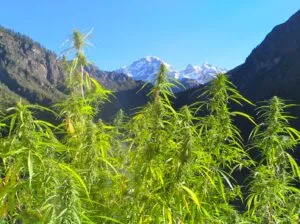



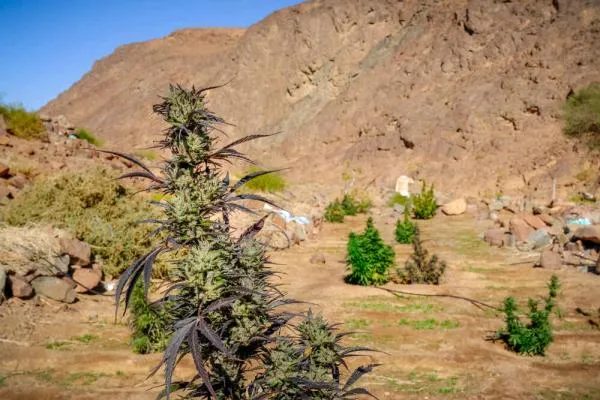
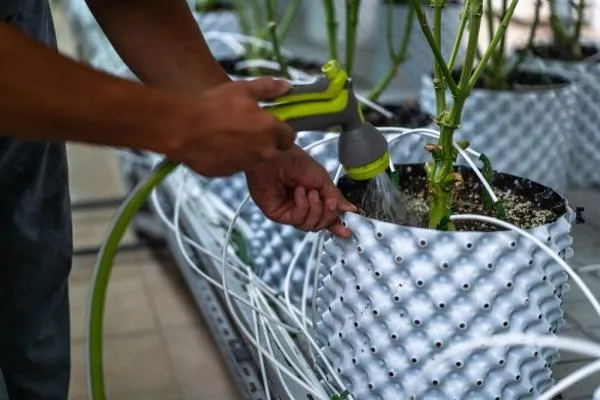

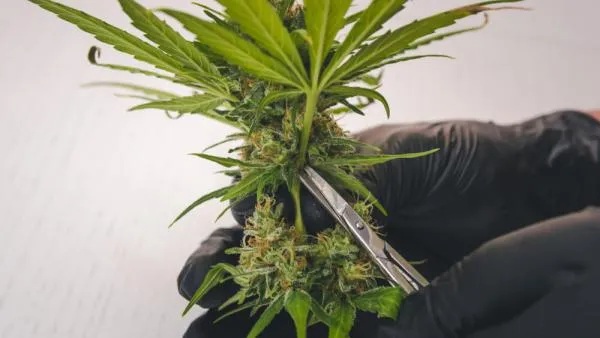



1 Comment